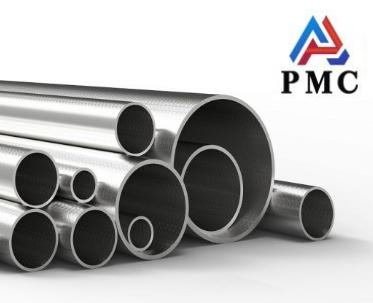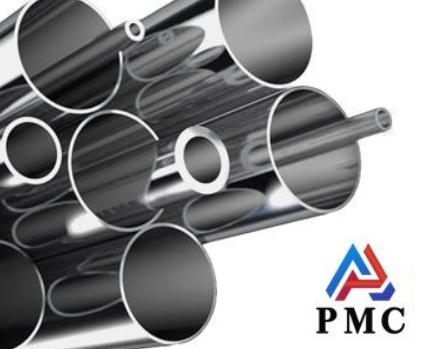
What is the Difference between Galvanized Steel Pipes and Stainless Steel Pipes?
Galvanized steel pipe is a type of steel pipe that has been coated with a layer of zinc to protect it from corrosion and rust. The galvanization process involves dipping the steel in molten zinc or applying a zinc coating through electroplating. This protective layer helps extend the lifespan of the pipe, making it suitable for various applications, particularly in outdoor or wet environments, such as plumbing, irrigation, and construction.
Stainless steel pipe is a type of pipe made from stainless steel, which is an alloy of iron, carbon, and at least 10.5% chromium. This composition gives stainless steel its resistance to corrosion, rust, and staining. Stainless steel pipes are known for their strength, durability, and ability to withstand high temperatures and pressures, making them ideal for a wide range of applications, including plumbing, construction, chemical processing, and food and beverage industries. They are available in various grades, sizes, and finishes to suit different needs.

The difference between galvanized steel pipes and stainless steel pipes
1. Essential differences
Galvanized steel pipes have another name, which is carbon steel: a layer of zinc is usually plated on the surface of galvanized steel, which is quite common in daily use. In addition, stainless steel is also called alloy steel, which has superior corrosion resistance and does not require additional treatment when used later.
2. Price difference
Galvanized steel pipes are cheaper than stainless steel. They have different material processing methods and different effects. The surface of stainless steel looks bright and has good brightness, but the brightness of stainless steel pipes is better and the effect of use will be better.
3. Performance Difference
Galvanized steel pipes cannot be processed further in the later stage because they contain carbon, and the carbon content is relatively high. Stainless steel pipes can be processed further in the later stage, and they are relatively solid and durable, with excellent performance and a longer service life.
Precautions for using stainless steel pipes
1. When using stainless steel pipes, be careful when carrying them. Do not drag them on the ground casually during transportation, otherwise the port dragged on the ground will easily be scratched, which will affect the overall use effect. For example, quality problems may occur during later use.
2. When transporting stainless steel, avoid any bumps. When transporting stainless steel pipes from the vehicle, be careful to prevent them from falling to the ground. Although stainless steel pipes have good compression resistance and some ductility, they will dent if they fall, thus affecting the final use effect.
3. When using stainless steel pipes, avoid contact with corrosive substances, otherwise, stainless steel pipes may also corrode. When using stainless steel pipes, construction masters generally cut them. When cutting, pay attention to the cleanness of the cuts and no burrs. If there are burrs, clean them up to avoid hurting your hands.

Precautions for using galvanized steel pipes
1. First, check whether the outside of the galvanized steel pipe is clean, tidy and bright. If there is dirt on it, it needs to be treated first to remove the dirt, such as using acidic substances to remove dirt.
2. If the above methods cannot clean the dirt, you can use chemical solvents to clean the galvanized steel pipe. After it is clean, you can put it into the hot-dip galvanizing tank.
3. After the steel pipe is galvanized, it can be rolled into the corresponding size, rolled into a circle, and finally the formed galvanized steel pipe is placed in the warehouse for easy transportation later.
Read more: Carbon Steel Pipe vs Galvanized Steel Pipe


